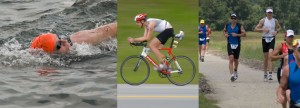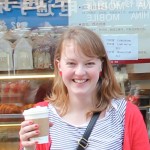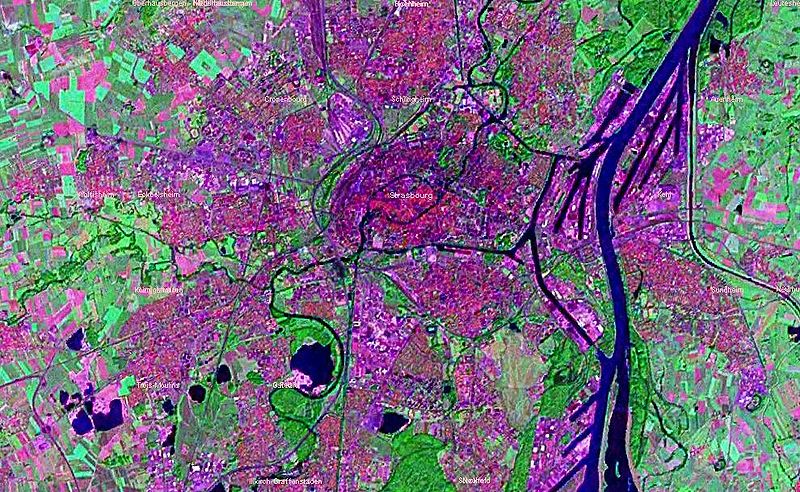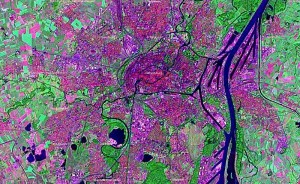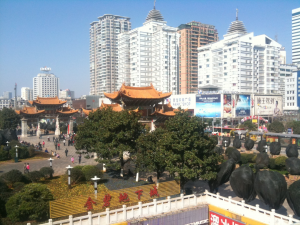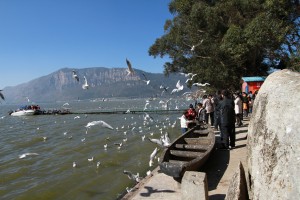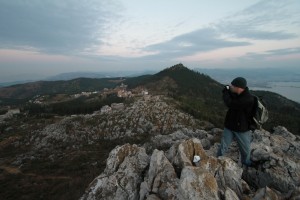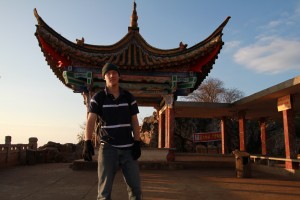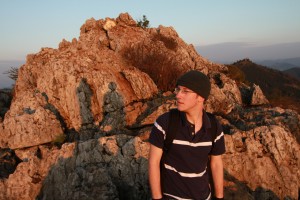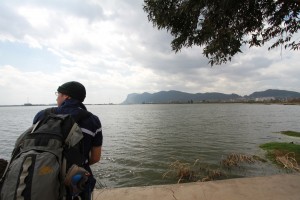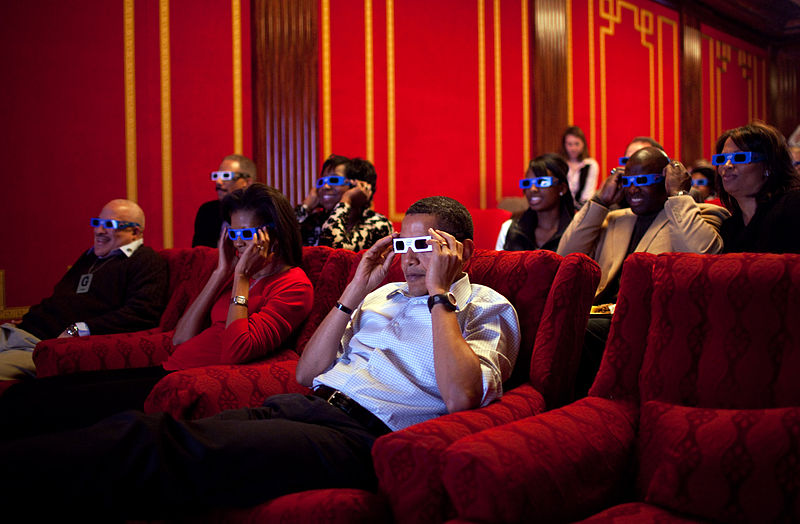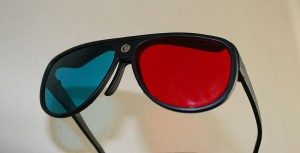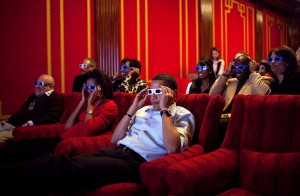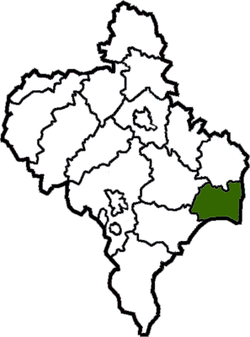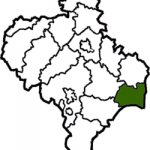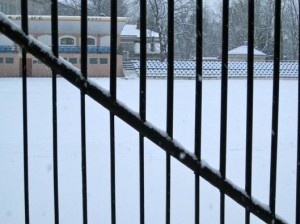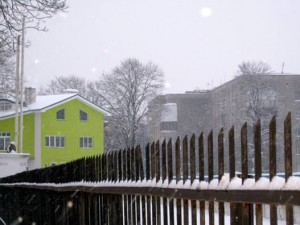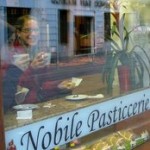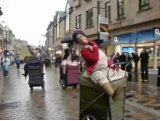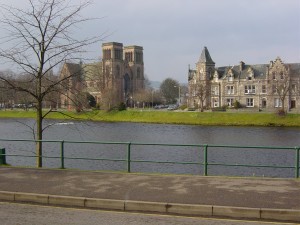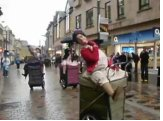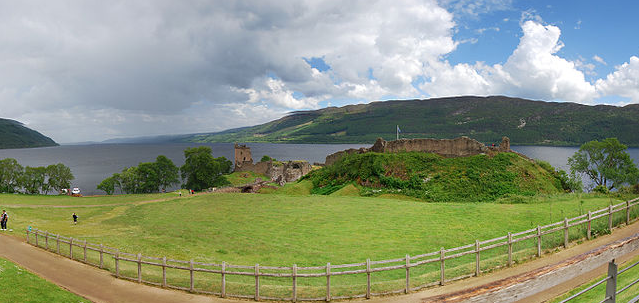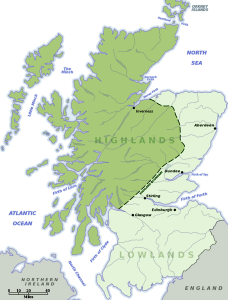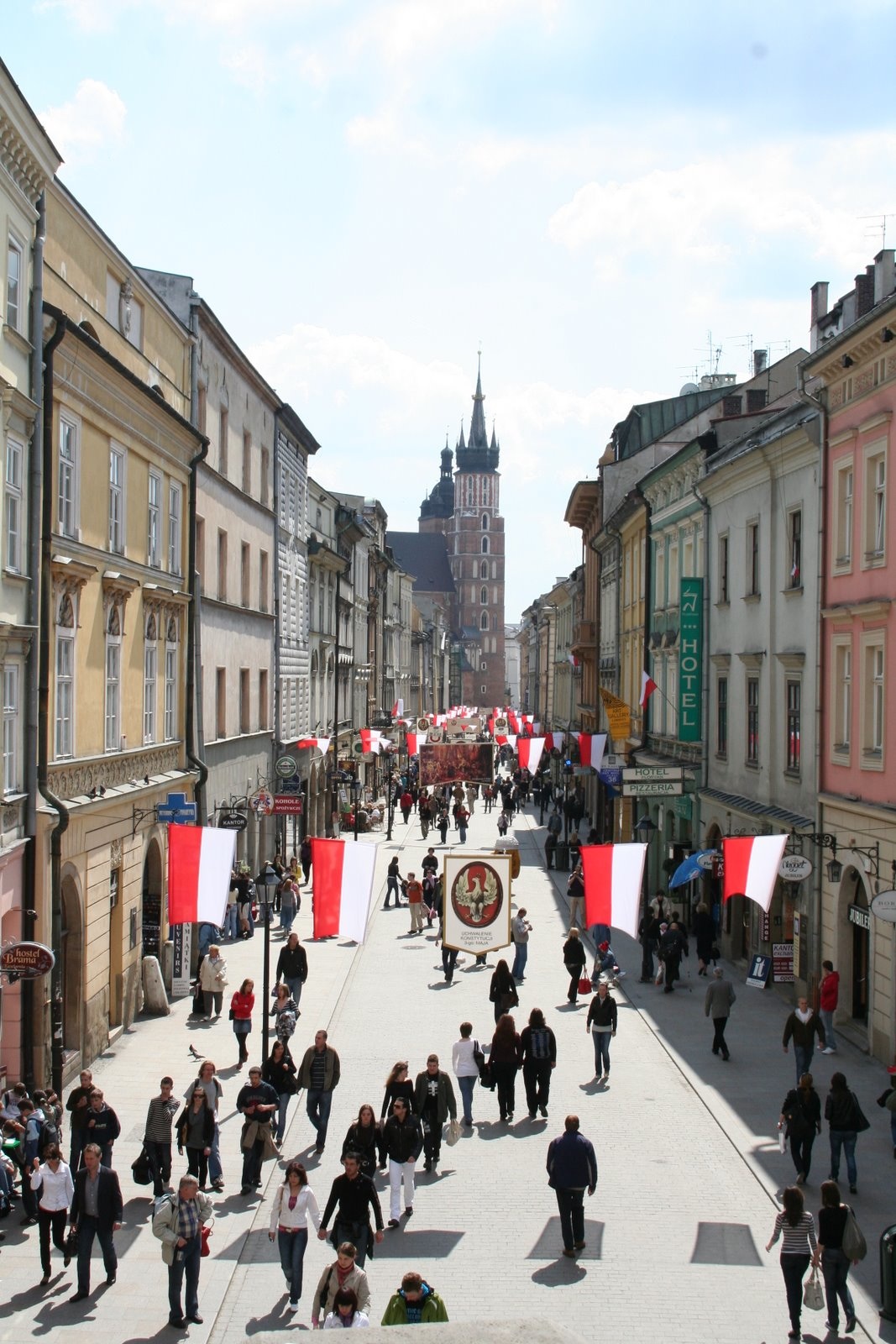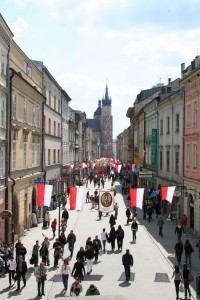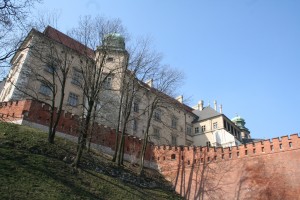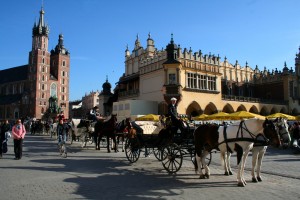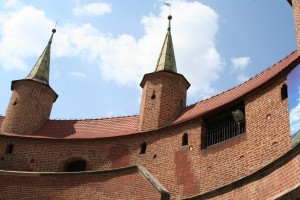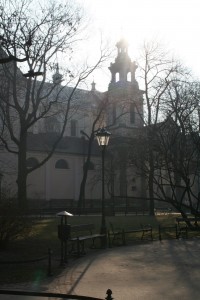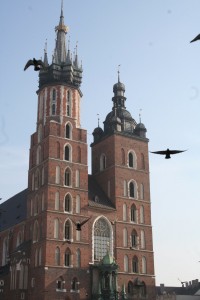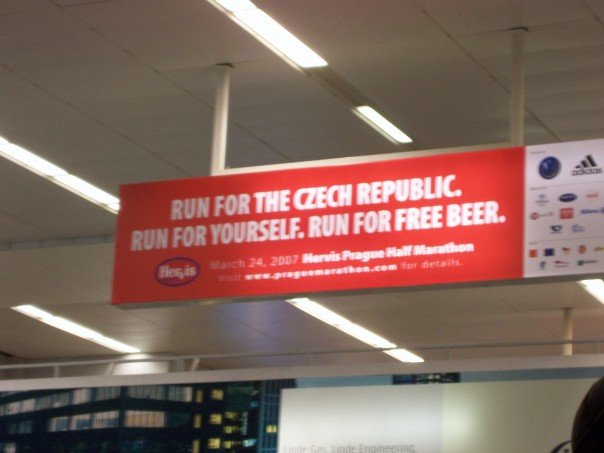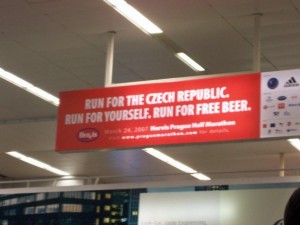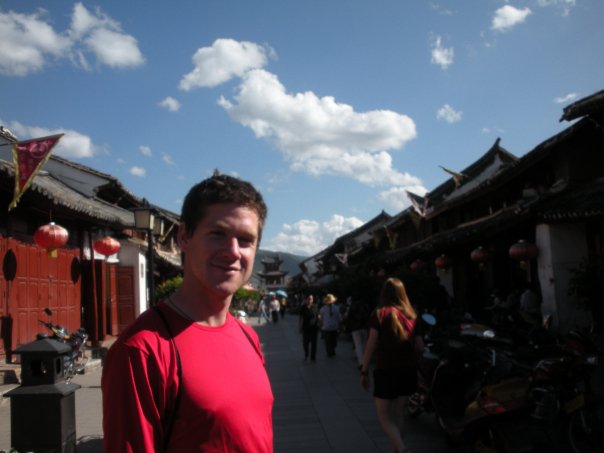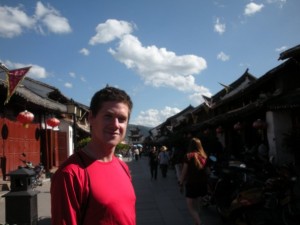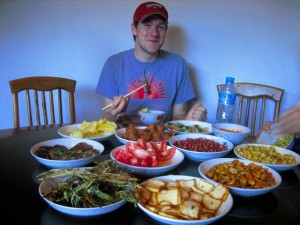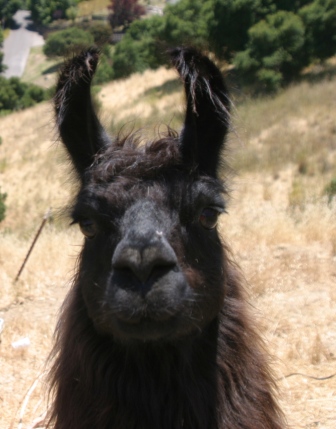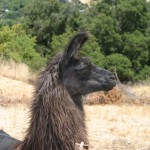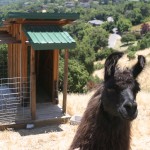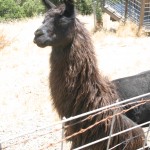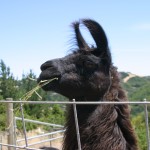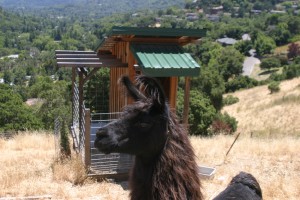You Don’t Have To Be Crazy But…
Trying a Triathlon: Part 1: Preparation and Training
I decided to start training for a triathlon in my rather dusty office cubicle in February of 2010. My office was in St. Paul, MN, at a public university, where I worked as an Americorps VISTA volunteer, helping expand the nursing programs to increase healthcare access to low-income patients, including setting up a community clinic. That last venture had completely stalled in contract negotiations with the local community center, and, since it was to be the vast majority of my job, I was bored. Underutilized, and bored. Left to my own devices, I spent a lot of time trolling the Internet, looking for random healthcare funding (that my school inevitably didn’t qualify for) and reading articles about healthcare on the New York Times webpage (that’s work, right?).
I needed direction, in or outside of the office, it didn’t matter. Having graduated from college the previous spring, 2010 was the first time in my life that I didn’t have any direction, didn’t have a clear syllabus with assignments carefully outlined. I found I missed it.
Since my cardiovascular-heavy semester in Eastern Europe (See Running 5 Polish Miles), I’d maintained an okay workout regimen of five days a week running, biking or swimming. Yet I just didn’t feel any spark in any of my workouts. I’d slog off a handful of miles on a treadmill or sweat away on a stationary bike while watching re-runs of Top Chef at the gym after work, then shower up and go eat dinner. Who cared.
And then it struck me: Since I was already running, biking and swimming, why not combine all three? Swim + bike + run = A triathlon! Hey! That was something!
I began cruising the Internet with a purpose. The length of these races was incredibly daunting at first, even the so-called “sprint tris,” which quickly became the only ones I was looking at. Sure, I could run 5 km or bike 15 miles or swim however many laps but combined? Um…
The second thing that concerned me was the price. Triathlons are no picnic to organize, I’m sure. They have to block off roads and beaches and parking lots. They have to hire lifeguards, police officers, and medical teams, and all the myriad of other things that goes into planning not one, but three races. And all that costs money, honey. As was quickly obvious by the registration fee for most of the tris I was finding: between $75 and $125. For one (three-in-one) race. Oi.
Let’s pause here for a moment to review a few facts. 1) I’m a recent college grad (two words: student. loans.) 2) In 2010, our country was—and still is today—recovering from the greatest economic recession we’ve had in years. 3) At the time, I was an Americorps volunteer. This last point is the most important, because Americorps volunteers get paid a very measly living stipend…a figure that puts them at the poverty line of wherever they’re serving…a figure so small I qualified for (and used) food stamps (A fact I always thought my alma mater probably wouldn’t be too eager to include in their latest admissions brochure: “Come to our college! When you graduate, you can get on food stamps only a few months later!”). Basically, it boiled down to $100 for a registration fee being a bit nuts for my monthly budget.
I sat on the idea.
Work stalled. Working out stalled.
Spring rolled around. I couldn’t take it anymore. Encouraged by my boss, a recent fitness convert (Don’t you love when someone can so utterly transform their lives, right in front of your eyes over the course of one short year? That was my boss during my year of Americorps service.), I looked up triathlon races again. The price had gone up.
I looked at my bank account balance, bit my lip, and went for it. A few minutes later, the confirmation email swept into my inbox. I was officially signed up for the YWCA Minneapolis Women’s Triathlon on August 15, 2010.
The spring and early summer went by in a blur. Suddenly bent with purpose, I increased my workouts to six days a week. I ran around a track in blistering heat, swam between buoys at the lake nearby, and biked for miles on my old purple mountain bike, which dated all the way back to my junior high years. I felt awesome! I was training for something! I was an athlete! And yet…
That bike was going to be a problem. In all of my visions of triathlon glory, of me flying through the water like Michael Phelps and peddling the course at, like, 500 miles an hour, and leading the pack—no, breaking ahead of the pack!—during the road race, the bike was not in them. Its clunky gears, its thick and gawky wheels, its upright handlebars, its too-small frame…none of them were synonymous with my sure victory.
It had to go. Now bikes, as many of you may already know (and as I did not at the time), are really expensive. What’re a few gears and some rubber tires doing costing hundreds upon hundreds of dollars? I ask you. New bike, out. Used bike, in! I found one, a women’s Schwinn road bike that’s probably older than I am, at a used bike store in south St. Paul. I broke up with my purple mountain bike on the spot, and biked the blue one home.



